
Forklift Brake - A brake wherein the friction is supplied by a set of brake pads or brake shoes that press against a rotating drum unit known as a brake drum. There are several particular differences among brake drum types. A "brake drum" is commonly the explanation provided whenever shoes press on the inner exterior of the drum. A "clasp brake" is the term utilized to be able to describe if shoes press next to the outside of the drum. One more type of brake, referred to as a "band brake" utilizes a flexible band or belt to wrap all-around the outside of the drum. If the drum is pinched in between two shoes, it can be referred to as a "pinch brake drum." Like a conventional disc brake, these kinds of brakes are somewhat rare.
Previous to nineteen ninety five, early brake drums needed constant modification periodically in order to compensate for drum and shoe wear. Long brake pedal or "Low pedal" travel is the dangerous outcome if modifications are not done sufficiently. The vehicle can become hazardous and the brakes could become useless whenever low pedal is mixed with brake fade.
There are different Self Adjusting Brake Systems accessible, and they could be categorized within two major kinds, RAD and RAI. RAI systems have built in devices which avoid the systems to recover when the brake is overheating. The most well known RAI manufacturers are Bosch, AP, Bendix and Lucas. The most well-known RAD systems comprise Bendix, Ford recovery systems, Volkswagen, VAG and AP.
The self adjusting brake would normally only engage when the forklift is reversing into a stop. This method of stopping is acceptable for use where all wheels utilize brake drums. Disc brakes are utilized on the front wheels of motor vehicles these days. By working only in reverse it is less likely that the brakes will be applied while hot and the brake drums are expanded. If adapted while hot, "dragging brakes" could take place, which increases fuel consumption and accelerates wear. A ratchet mechanism that becomes engaged as the hand brake is set is one more way the self repositioning brakes may operate. This means is just suitable in applications where rear brake drums are used. Whenever the emergency or parking brake actuator lever exceeds a specific amount of travel, the ratchet developments an adjuster screw and the brake shoes move in the direction of the drum.
There is a manual adjustment knob placed at the base of the drum. It is generally adjusted via a hole on the other side of the wheel and this requires getting beneath the vehicle with a flathead screwdriver. It is of utmost significance to be able to move the click wheel correctly and tweak each and every wheel evenly. If unequal adjustment happens, the vehicle may pull to one side during heavy braking. The most efficient method to be able to make certain this tiresome task is accomplished carefully is to either lift each wheel off the ground and spin it by hand while measuring how much force it takes and feeling if the shoes are dragging, or give each one the exact amount of manual clicks and then perform a road test.
![]() Click to Download the pdf
Click to Download the pdf
Forklift Parts
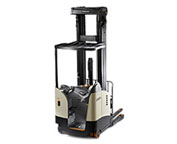
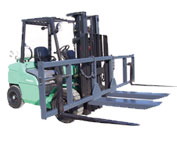
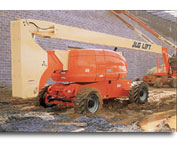
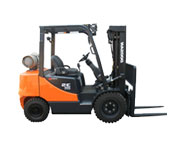


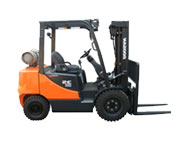

Lift Parts Express
TOLL FREE: 1-888-695-7994
LOCAL: (714) 278-4711
1105 S Euclid St D-222
Fullerton, California
forkliftpartsfullerton.com
Email Us
About Us



